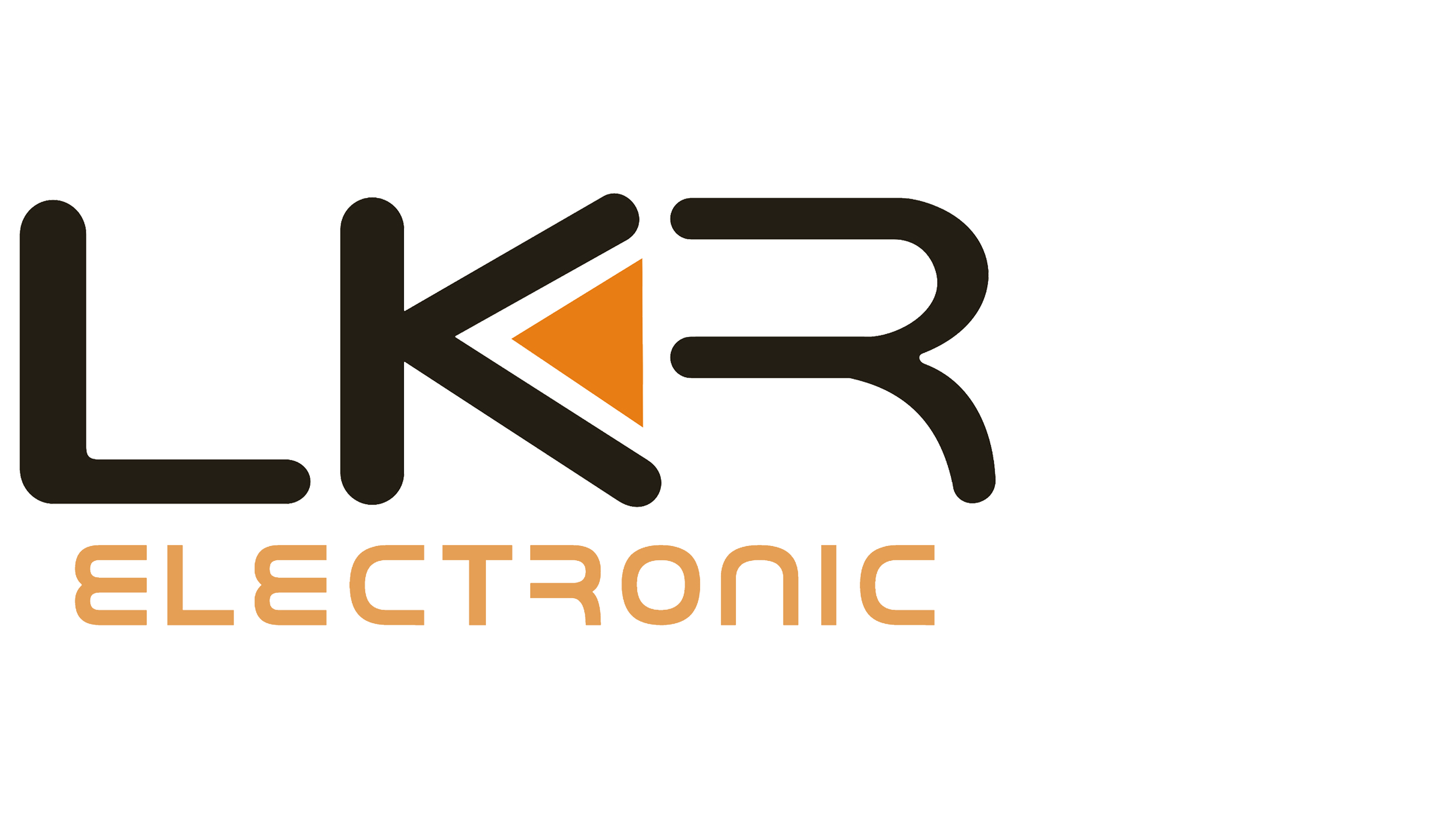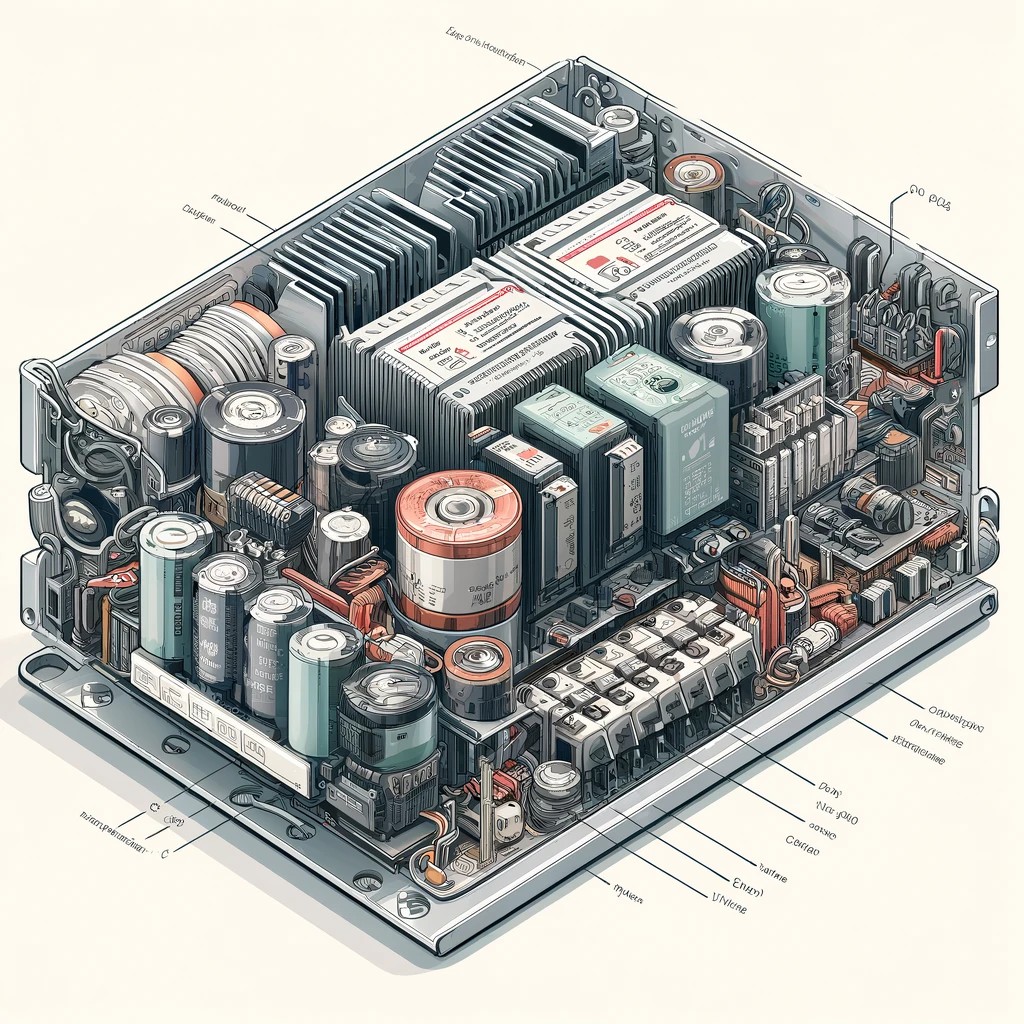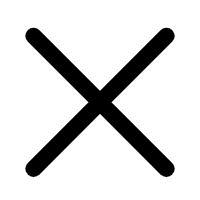Inverter disclosure: inverter working principle and circuit sharing
What is the definition of a DC-AC inverter?
With the global pursuit of sustainable energy and efficient energy solutions, traditional power conversion technologies have been unable to meet the needs of modern complex applications. As the key core of power conversion, DC-AC inverters are playing an increasingly important role in modern power conversion solutions with their high efficiency, excellent control performance and wide application fields.
A DC-AC inverter is a power electronic device whose main function is to convert direct current (DC) to alternating current (AC). In everyday life and industrial applications, inverters play a vital role, especially in scenarios where AC power is needed but only DC power can be provided.
For more information on DC-AC inverter products, see Renesas' product category at https://www.lkrelec.com for data sheets and other technical specifications for DC-AC inverters.
Working principle of DC-AC inverter
Using the principle of the shaker, the direct current is first changed into a pulse alternating current that changes in size with time, the direct current component is removed by the straightening system, and the alternating component is retained, and then the alternating current is transformed by the transforming system (boost or buck), shaping and regulating the voltage, and the alternating current that meets our needs is obtained. An oscillating circuit is used to generate a pulsating DC current of a certain frequency, and then a transformer is used to convert this current into the required AC voltage. The three-phase inverter simultaneously produces a three-phase AC voltage with a phase Angle difference of 120 degrees.
The inverter has many parts, of which the most core part is the oscillator. The earliest oscillator is electromagnetic type, and later developed into an electronic type, from discrete components to application-specific integrated circuits, and then to microcomputer control, more and more perfect, the function of the inverter is also more and more strong, in various fields have been widely used.
Conversion of direct current to alternating current
Based on the on-off and off-off of semiconductor switching tubes (such as transistors, MOSFETs, IGBTs, etc.), these switching tubes are switched according to a specific frequency and sequence under the precise control of the control circuit, thus achieving the conversion of direct current to alternating current.
At this stage, the input DC power supply of the inverter passes through the control circuit to make the switching tube open. The on-switching tube will transmit the electrical energy of the DC power supply to the output end, forming a positive half-circle AC electrical signal. In this process, the on-time and on-frequency of the switching tube determine the frequency and amplitude of the output alternating current. The input DC power supply of the inverter passes through the control circuit to disconnect the switching tube. The disconnected switch tube will block the power transmission of the DC power supply, and the output voltage will drop to 0. In this process, the turn-off time and turn-off frequency of the switching tube also determine the frequency and amplitude of the output AC.
By constantly repeating these two stages, the inverter is able to consistently produce a stable alternating current output. This output can be a sine wave, square wave, or other waveform, depending on the design and application requirements of the inverter. In addition, the inverter also contains a number of other components, such as input filter, DC bus, output filter, controller, radiator and housing. These parts work together to ensure the efficient and stable operation of the inverter.
The principle of inverter insulation impedance detection is an important means to ensure the electrical safety of the inverter system. This detection process aims to evaluate the insulation performance between the internal electrical components of the inverter and the ground, so as to prevent electrical accidents caused by insulation failure. Inverter insulation impedance detection is mainly based on Ohm's law, that is, the ratio of current to voltage is equal to the principle of resistance. In practice, we usually use an insulation resistance tester to measure. The tester consists of a constant current source and a high-impedance voltage detector that provides a known stable current and measures the resulting voltage.
The detection process must first disconnect the DC power supply of the inverter to ensure that the DC voltage is zero to avoid danger during the detection process. Then, the two electrodes of the insulation resistance tester are connected to the positive and negative electrodes of the inverter and the ground respectively. Next, the tester applies a steady test current to the inverter and measures the resulting voltage. By comparing the measured voltage with the known current value, we can calculate the insulation resistance between the inverter and the ground. If the measured insulation resistance value is lower than the preset threshold, it indicates that the insulation performance of the inverter may be faulty, and further inspection and maintenance are required. This detection method can effectively prevent electrical accidents caused by the failure of inverter insulation and ensure the safe and stable operation of the inverter system.
What is the difference between DC-AC inverters and traditional inverters?
Input power type:
Conventional inverters usually accept AC power as input, while DC-AC inverters accept DC power as input. This means that a DC-AC inverter can draw energy directly from a DC power source, such as a solar panel or battery pack, without going through an intermediate step of DC-AC conversion.
Output waveform:
The output waveform of a traditional inverter is usually a square wave or a modified wave, while the output waveform of a DC-AC inverter is usually closer to a sine wave. This is because the DC-AC inverter uses a more complex circuit control technology to produce a purer AC output, which is suitable for application scenarios with high power quality requirements.
Application scenario:
Conventional inverters are mainly used to convert alternating current to alternating current, for example, to convert mains power to alternating current suitable for household appliances. Dc-ac inverters are more suitable for renewable energy systems, such as solar photovoltaic power systems and wind power systems, because these systems produce direct current that needs to be converted to alternating current to supply the grid or for domestic and commercial use.
Efficiency and loss:
Because the DC-AC inverter does not need to carry out two conversions of DC-AC, it has higher efficiency than traditional inverters. Traditional inverters have certain energy loss when performing DC-AC conversion, while DC-AC inverters have relatively low energy loss.
In summary, compared with traditional inverters, DC-AC inverters have obvious differences in input power type, output waveform, application scenarios and energy efficiency, and have greater advantages in specific application scenarios such as the field of renewable energy.
The application field of DC-AC inverter is very broad
Renewable energy systems:
Renewable energy systems such as solar photovoltaic systems and wind power systems generate electricity in the form of direct current, while most power grids and household appliances require alternating current to power them. Dc-ac inverters play a key role in these systems, converting direct current to alternating current to meet the needs of grid connections or direct power supply.
Electric vehicle charging system:
Electric vehicle batteries usually store direct current, while charging piles provide alternating current. Dc-ac inverters are used in electric vehicle charging systems to convert alternating current to direct current in order to charge batteries.
UPS (Uninterruptible Power Supply) system:
The UPS system provides backup power in the event of a mains outage to ensure the continuous power supply of critical devices. Dc-ac inverters are used to convert backup power, usually direct current output from batteries, into alternating current for equipment use.
Power system stability improvement:
In the power system, DC-AC inverters can be used to regulate the frequency and voltage of the power system to improve the stability and reliability of the system. These inverters are usually installed at key nodes of the power system and are used to regulate and balance the power of the system.
Industrial Automation and Control Systems:
In the industrial production process, some equipment needs to use alternating current, and the control system on the production line may provide direct current. Dc-ac inverters can convert direct current into the required alternating current to meet the needs of industrial equipment.
Domestic and commercial use:
Dc-ac inverters are also widely used in home and commercial environments to convert the direct current generated by solar photovoltaic panels or battery packs into the alternating current required for household appliances and commercial equipment.
Conclusion
In summary, DC-AC inverters have important application value in various fields such as renewable energy, electric vehicles, UPS systems, power system stability improvement, industrial automation, and home and commercial use, and are one of the indispensable key equipment in modern power conversion and energy management.












